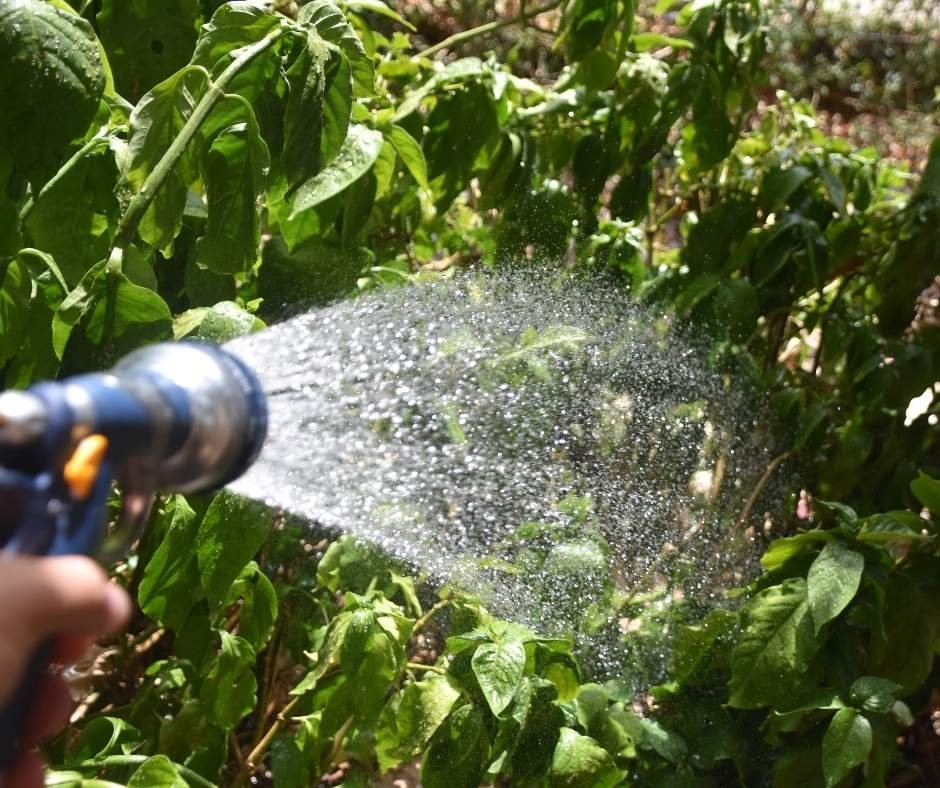The Science Behind Why Plants Need Water
Plants need water to survive. While many accept this at face value, it’s worth exploring the science behind why plants need water in order to thrive.
Water performs many crucial functions for plants, from transporting nutrients and minerals to facilitating photosynthesis.
To gain a more comprehensive understanding of water’s importance to plants, take a closer look at the science of plant hydration so you can ensure that your plants are getting enough water.
Why Do Plants Need Water?
Plants are like humans in many ways. They need air, water, and nutrients to survive, and they experience growth spurts during their life cycle. People can go without food for weeks, but only days without water. The same is true for plants.
Here are some reasons why plants need water:
Water Is Essential for Photosynthesis
Photosynthesis is the process that produces organic molecules from simple inorganic molecules from the sun's energy. Not only does photosynthesis require water, but it also creates water as a byproduct of the reaction. This means that water is essential for a plant to produce its own food.
Plants Use Water to Transport Nutrients and Minerals
For a plant to grow, it needs to pull in minerals and nutrients from the soil. Water acts as a solvent in this process, dissolving the minerals and nutrients so that they can be transported throughout the plant. This method of element transportation is called “mineral nutrition”.
Water Helps Plants Regulate Their Temperature
Just like humans, plants need to regulate their internal temperature. They do this by sweating, which is the process of releasing water through their pores. This helps the plant stay cool in hot weather and protects it from overheating and drying out due to excessive sun exposure.
Without Enough Water, Plants Can’t Grow, Bloom, or Produce Fruit
Plants need water for just about everything: to grow, to produce fruit and flowers, and to stay alive. Without water, plants would simply not be able to exist. When a plant doesn't have enough water, it will start to wilt and its leaves will turn brown. If the water shortage is not remedied, this will eventually lead to the plant's death.
Signs That Your Plant Is Thirsty
Plants can’t walk to a nearby fountain or tap when they’re thirsty; that is why it is up to you, as their caretaker, to make sure they’re getting the water they need. If you see any of these signs, give your plant a good drink and it should perk right back up. And, as always, make sure to check the weather report before watering your outdoor plants.
Here are a few signs that your plant is thirsty:
Dry soil: Dry soil is the most obvious sign that your plant needs water. When you stick your finger into the pot, if the soil feels dry a few inches deep, then it’s time to water your plant.
Wrinkled leaves: If you see the leaves start to wrinkle or curl, that is a sure sign of a water deficit; your plant is telling you it needs a drink. Most plants will start to show signs of water stress on the oldest, lowest leaves first.
Stunted growth: Stunted growth happens due to a lack of water over an extended period. If you notice your plant isn’t growing as tall or as full as it should be, check its moisture and give it a good drink if needed.
Drooping leaves: Leaves begin to droop because the “turgor pressure”, which is what gives plants their structure and shape, drops when there’s not enough water. When the plant doesn’t have enough water, the cell walls contract, causing the leaves to droop and have less rigidity.
Browning leaf tips: The normal process of transpiration can lead to some browning on leaf tips, but if it’s excessive, it could be due to a lack of water. This is more common in plants with fine, delicate leaves.
Lawn Watering Tips for Keeping Your Plants Healthy and Hydrated
Even though water is essential to a healthy plant, too much water can be just as harmful as too little. Here are some lawn watering tips for keeping your plants healthy and hydrated:
Water deeply: For the majority of plants, less frequent, deeper waterings are more beneficial than more frequent, shallow waterings. This encourages the roots to become stronger and healthier, reducing the need for frequent watering.
Utilize irrigation: Instead of being absorbed into the deeper layers of the soil, a lot of water tends to flow off the top of the soil. This is why it's essential to water gradually so the liquid can seep into the soil properly and reach the plants' roots.
Monitor weekly watering: Keep an eye on your plants' leaves and soil to get a better idea of how often they need to be watered. If the leaves are wilting or the soil is dry, it's time to give your plants a good drink.
Use water-absorbing materials: To help your plants retain water, you can add organic matter, such as compost, to the soil. You can also use mulch, which will reduce evaporation and keep the roots cooler.
Conclusion
Water is vital for plant life; plants not only use it for hydration, but also for nutrient transport and temperature regulation.
So, the next time you're out in your garden, remember to give thanks to water.
By understanding the science behind why plants need water, you can be more mindful of your consumption as well.
If you’re looking for a more efficient way to water your plants, consider a sprinkler system installation!
We’ll be sure to give your plants the TLC they need and help you save water in the process.



